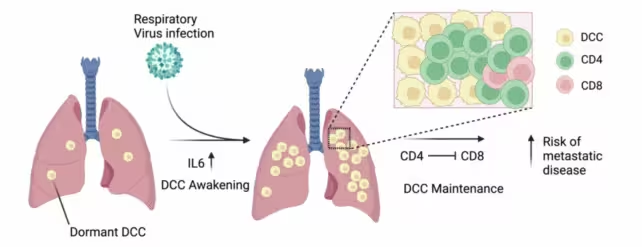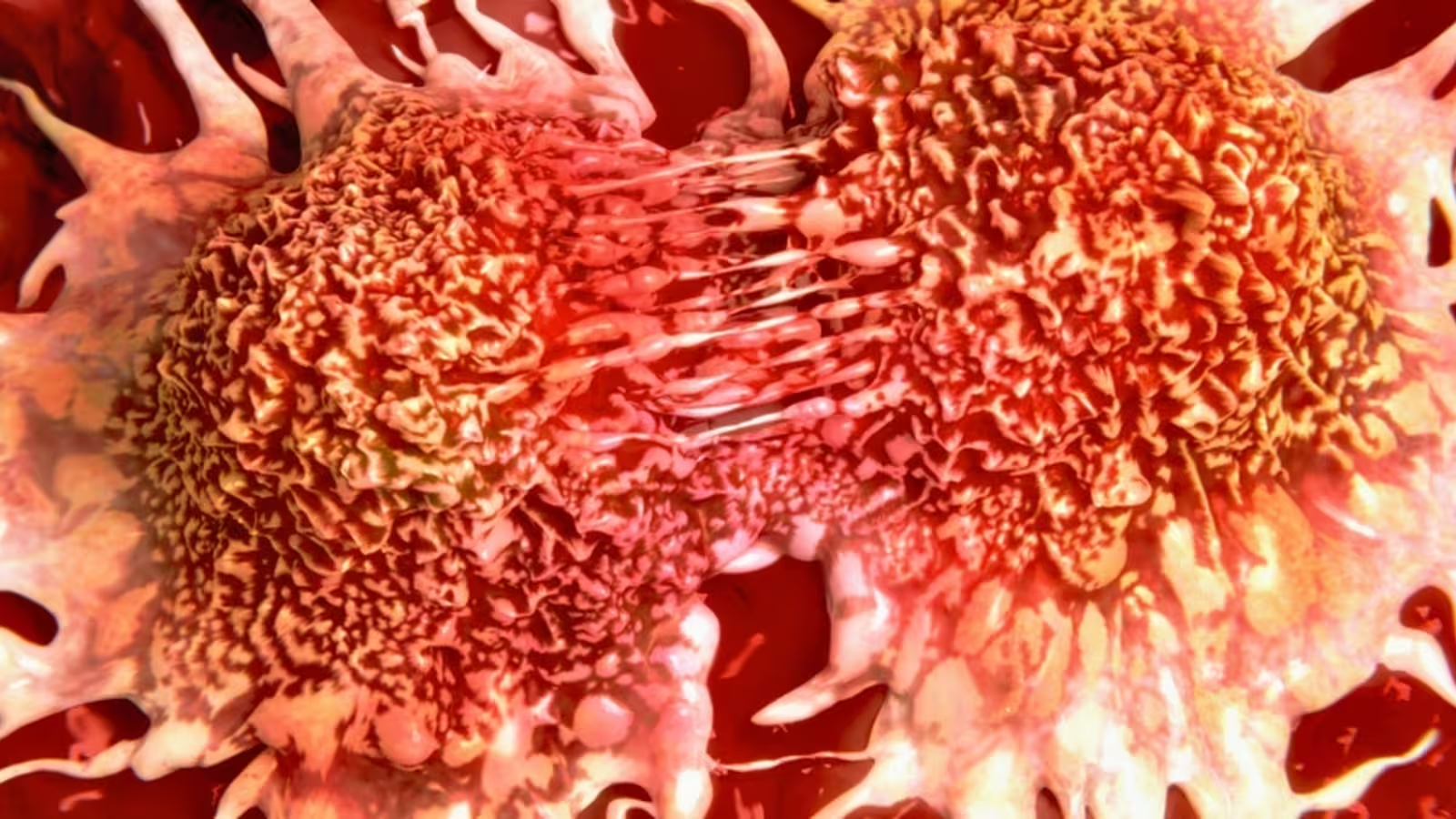4 Minutes
Emerging Evidence Links Common Respiratory Viruses to Breast Cancer Recurrence
New research in cancer technology and molecular biology is shedding light on a hidden risk: breast cancer survivors—even decades into remission—may face increased vulnerability to common respiratory viruses, such as influenza and coronaviruses. These infections could potentially 'awaken' dormant cancer cells, raising the stakes for those who thought their battle was over.
The Link Between Dormancy and Viral Triggers
Dormant cancer cells pose a significant challenge in oncology. As molecular geneticist James DeGregori of the University of Colorado explains, these cells are like embers in a campfire—able to ignite under the right (or wrong) conditions. Recent studies investigating the aftermath of the COVID-19 pandemic discovered a troubling uptick in cancer recurrence among breast cancer survivors. Using advanced technology, bioinformatics, and international health databases, researchers tracked patient outcomes and pinpointed correlations between viral infections and cancer relapse.
Global Data and Advanced Models Illuminate the Trend
Drawing on data from the UK Biobank, a leading international resource, scientists found that breast cancer patients in remission who later contracted SARS-CoV-2 were twice as likely to die from cancer compared to those who avoided the virus. Epidemiologist Roel Vermeulen from Utrecht University notes, "Such a sharp increase in risk is rarely observed in cancer epidemiology—indicating a highly significant effect."
Expanding their analysis, the research team scrutinized a U.S.-based breast cancer database comprising nearly 37,000 patients. Here too, prior SARS-CoV-2 infection was linked to a more than 40% rise in the risk of metastatic breast cancer in the lungs. These findings were further reinforced by studies in mouse models, where infections such as influenza or COVID-19 rapidly reactivated otherwise dormant breast cancer cells, driving them to proliferate and form aggressive lesions within two weeks.
Comparative Insights: How Viruses Trigger Cancer Recurrence
While the technology behind HPV vaccines has dramatically reduced viral-related cancers like cervical cancer, researchers have sought a similar viral trigger for breast cancer for decades. Elevated levels of high-risk viruses—like Epstein-Barr Virus (EBV)—have been detected in breast cancer tissue, sometimes at concentrations five times higher than in healthy cells. This ongoing research shows the critical intersection of virology, cancer genomics, and digital health monitoring.
Yet translating findings from animal models to humans poses technical hurdles, particularly in identifying the exact mechanisms driving dormant cell reactivation. The immune response may be key: viral infections often provoke inflammatory cytokines (such as IL-6), creating a biological environment that can coax dormant breast cancer cells out of stasis.

Market Relevance: Implications for Digital Health and Biotech
The intersection of oncology, virology, and data science represents a burgeoning area for digital innovation. AI-powered health platforms, remote patient monitoring, and electronic health records are now critical for tracking infection-related cancer risks. The benefit? Timely alerts for at-risk individuals and enhanced screening practices that could preempt potentially deadly relapses.
For the biotech industry, these findings highlight new use cases for advanced diagnostics and immunotherapeutics. Technologies capable of real-time monitoring of inflammation markers or dormant cell activity may soon become essential tools for cancer survivors.
Protective Measures and the Future of Cancer Tech
In practical terms, these insights suggest breast cancer survivors should adopt heightened protective measures during viral outbreaks. Wearable health devices that track early infection signs, telemedicine consultations, and vaccination against viruses like influenza and COVID-19 become even more crucial components in survivorship care plans.
Experts emphasize the importance of continued research. Can vaccines further lower metastatic risk by preventing viral-driven inflammation? Next-generation clinical trials and digital data modeling will be pivotal in answering this, shaping the future landscape of personalized cancer care.
Key Advantages and Prospects for Breast Cancer Survivors
- Enhanced risk assessment through AI-driven data analysis
- Advanced diagnostic technologies for early detection of dormant cell reactivation
- Expanded market for protective vaccines and immunomodulatory therapies
- Use of digital health platforms for ongoing patient monitoring and rapid intervention
As our understanding of the molecular and technological aspects of cancer deepens, healthcare professionals, patients, and developers need to stay abreast of these evolving risks. The era of digital health and precision oncology is giving hope for a safer future, but ongoing vigilance and innovation will be paramount to protect millions of cancer survivors worldwide.
Source: nature



Comments